An organic compound A on acid hydolysis produces B, an amino acid. B on treatement with HNO2 gives C. C on heating with conc. H2SO4 produces a lactone D. A can also be synthesised by the reaction of cyclopentanone with H2N−OH followed by treatement of conc. H2SO4
Find out structure of D :
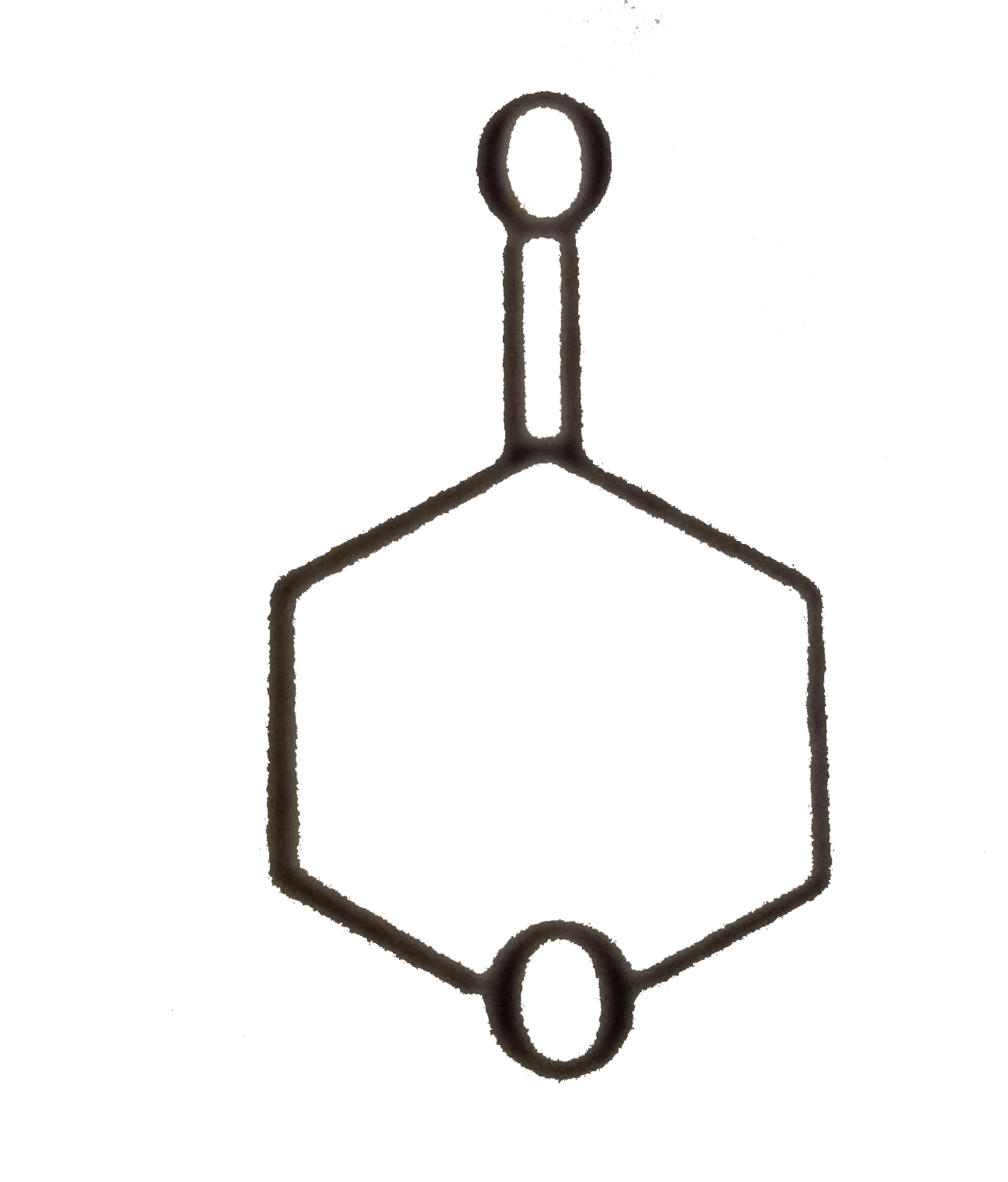
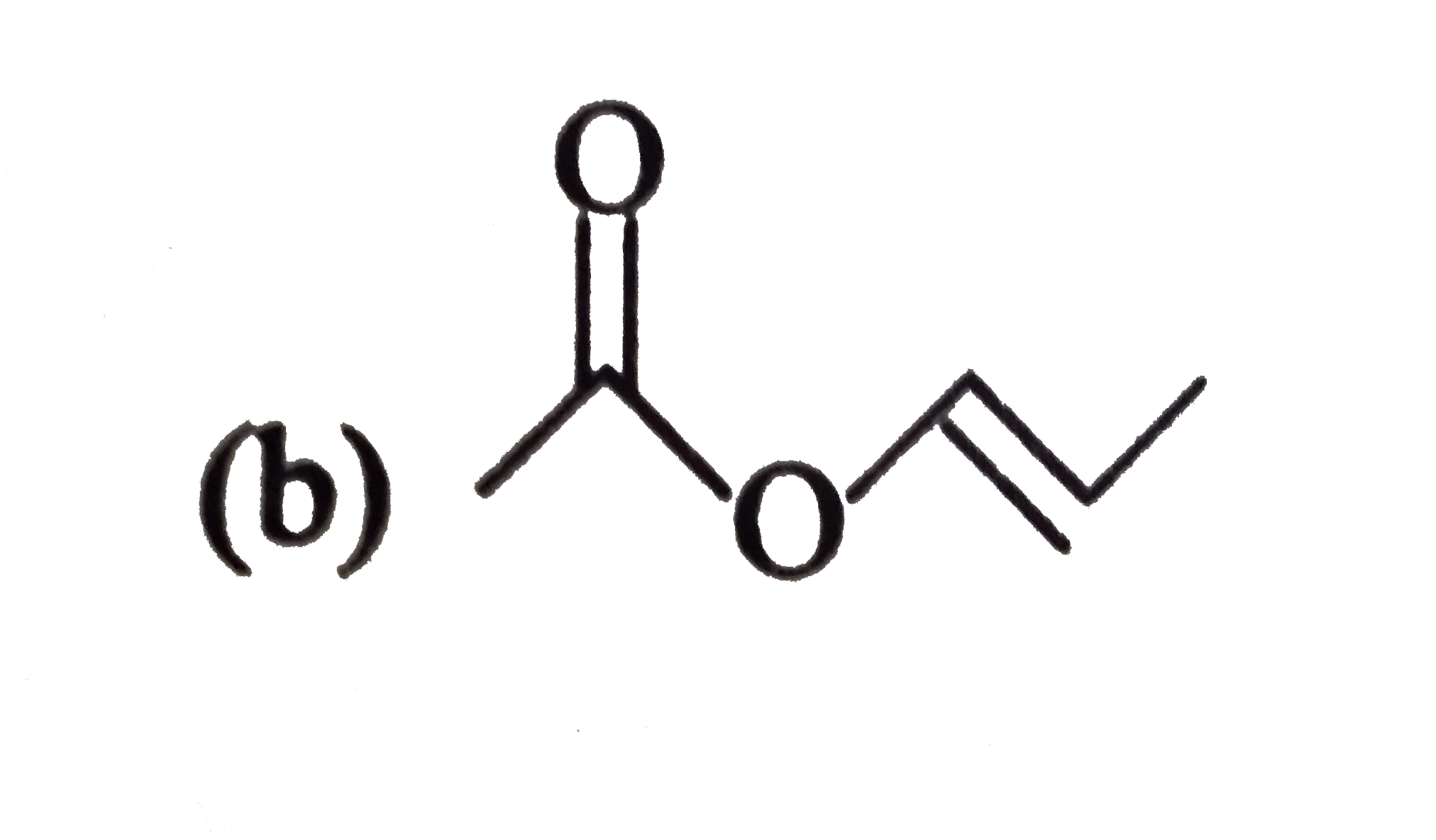
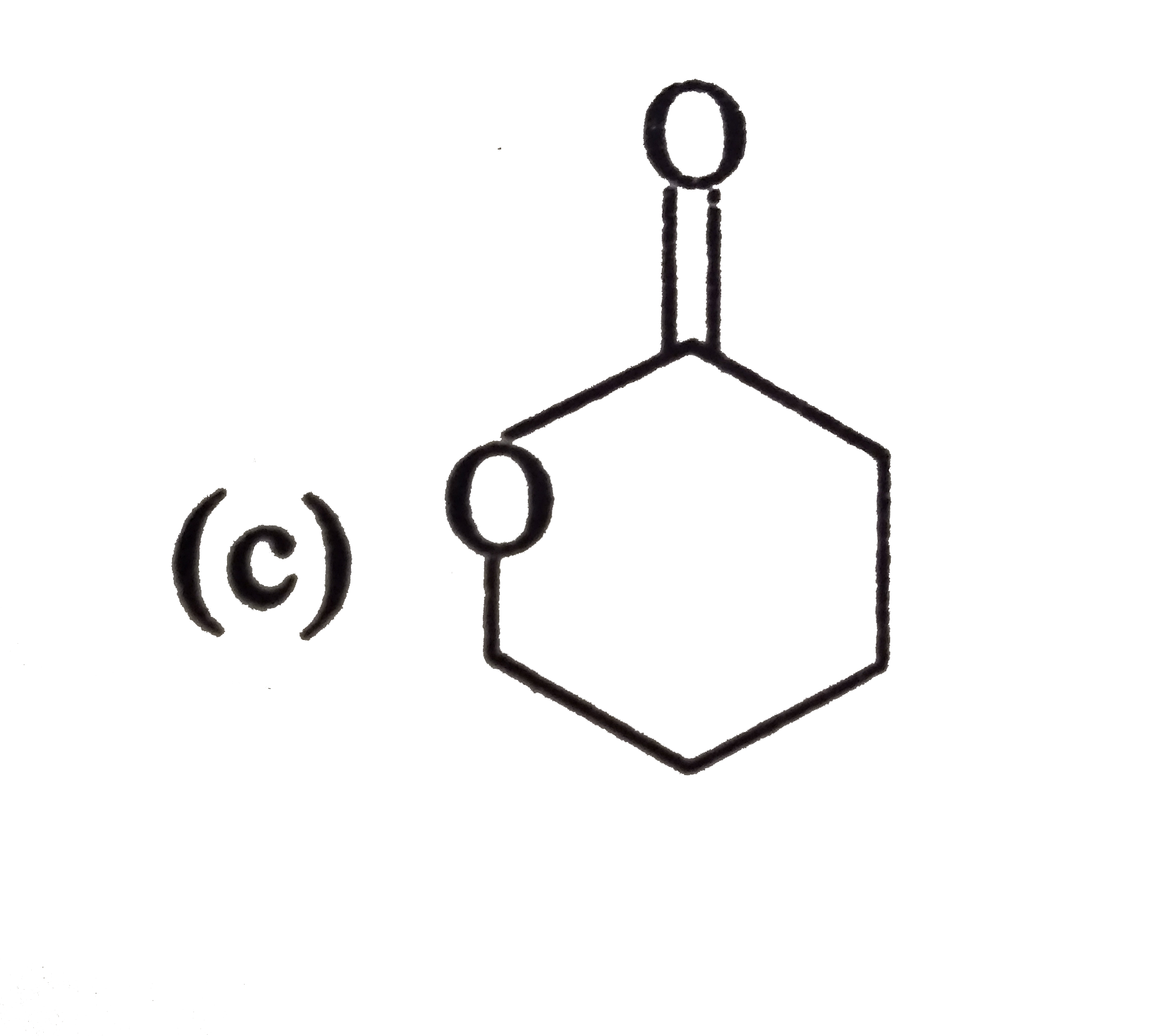

The correct Answer is:C
Topper's Solved these Questions
- CABOXYLIC ACIDS AND ITS DERIVATIVESBOOK - HIMANSHU PANDEYCHAPTER - CABOXYLIC ACIDS AND ITS DERIVATIVESEXERCISE - Linked Comprehension Type (Q.26 To Q.27)
2 Videos
- CABOXYLIC ACIDS AND ITS DERIVATIVESBOOK - HIMANSHU PANDEYCHAPTER - CABOXYLIC ACIDS AND ITS DERIVATIVESEXERCISE - Match The Column
6 Videos
- CABOXYLIC ACIDS AND ITS DERIVATIVESBOOK - HIMANSHU PANDEYCHAPTER - CABOXYLIC ACIDS AND ITS DERIVATIVESEXERCISE - More Than One Correct (Q.50 To Q.50)
1 Videos
- BIOMOLECULESBOOK - HIMANSHU PANDEYCHAPTER - BIOMOLECULESEXERCISE - Match The Column
6 Videos
- CARBONYL COMPOUNDSBOOK - HIMANSHU PANDEYCHAPTER - CARBONYL COMPOUNDSEXERCISE - Subjective Type Problems
10 Videos
Similar Questions
An organic compound A on acid hydrolysis produces B, an amino acid. B on treatment with HNO2 gives C.C on heating with conc. H2SO4 produces a lactone D. A can also be synthesised by the reaction of cyclopentanone with H2N−OH followed by treatment of conc. H2SO4
What is the structure of compound A?
View SolutionAn organic compound A on acid hydrolysis produces B, an amino acid. B on treatment with HNO2 gives C.C on heating with conc. H2SO4 produces a lactone D. A can also be synthesised by the reaction of cyclopentanone with H2N−OH followed by treatment of conc. H2SO4
DLiAlH4−−−→H2O Product :
View Solution
Knowledge Check
An organic compound A on acid hydolysis produces B, an amino acid. B on treatement with HNO2 gives C. C on heating with conc. H2SO4 produces a lactone D. A can also be synthesised by the reaction of cyclopentanone with H2N−OH followed by treatement of conc. H2SO4
What is the structure of compound A?A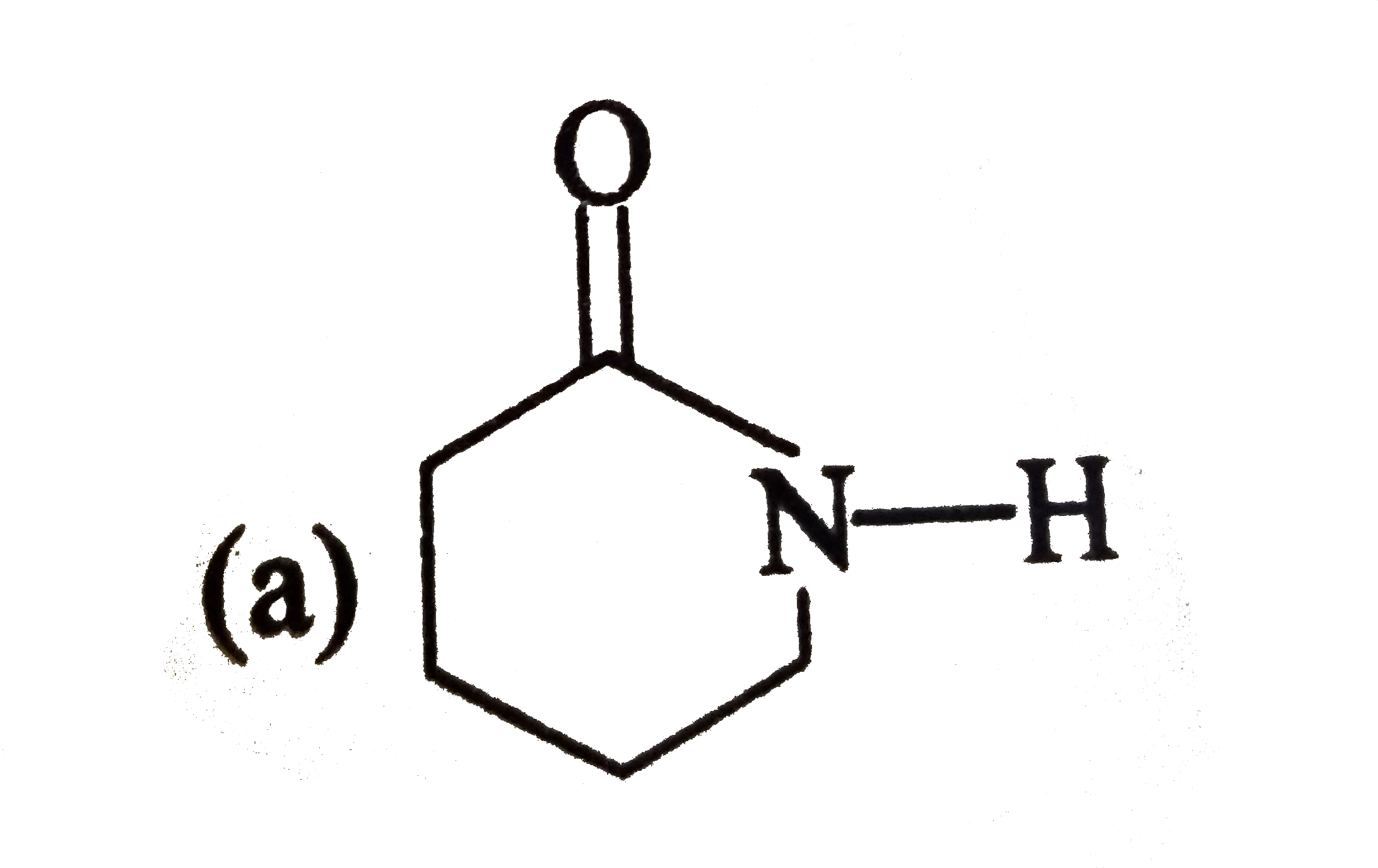 B
B C
C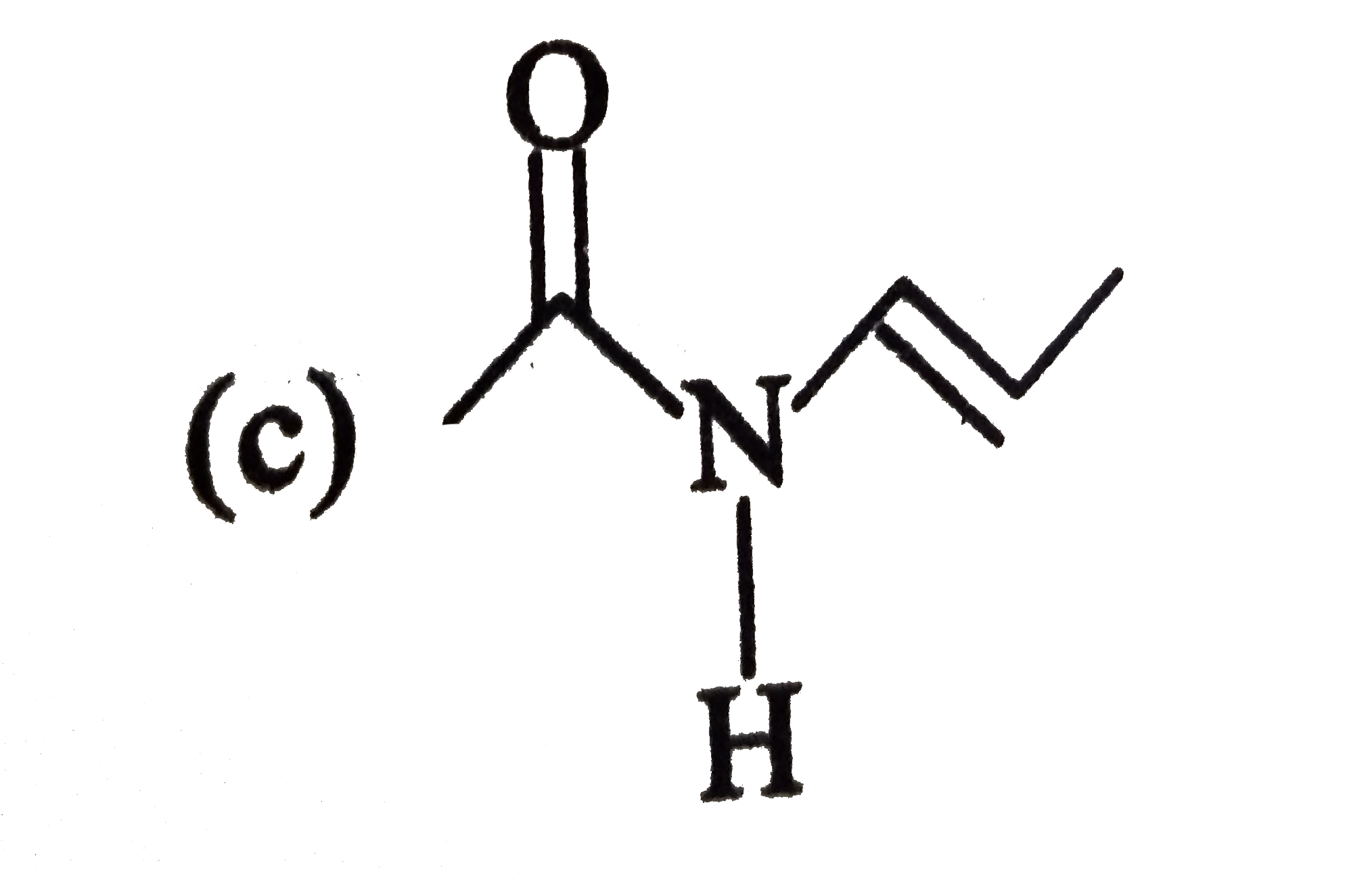 D
D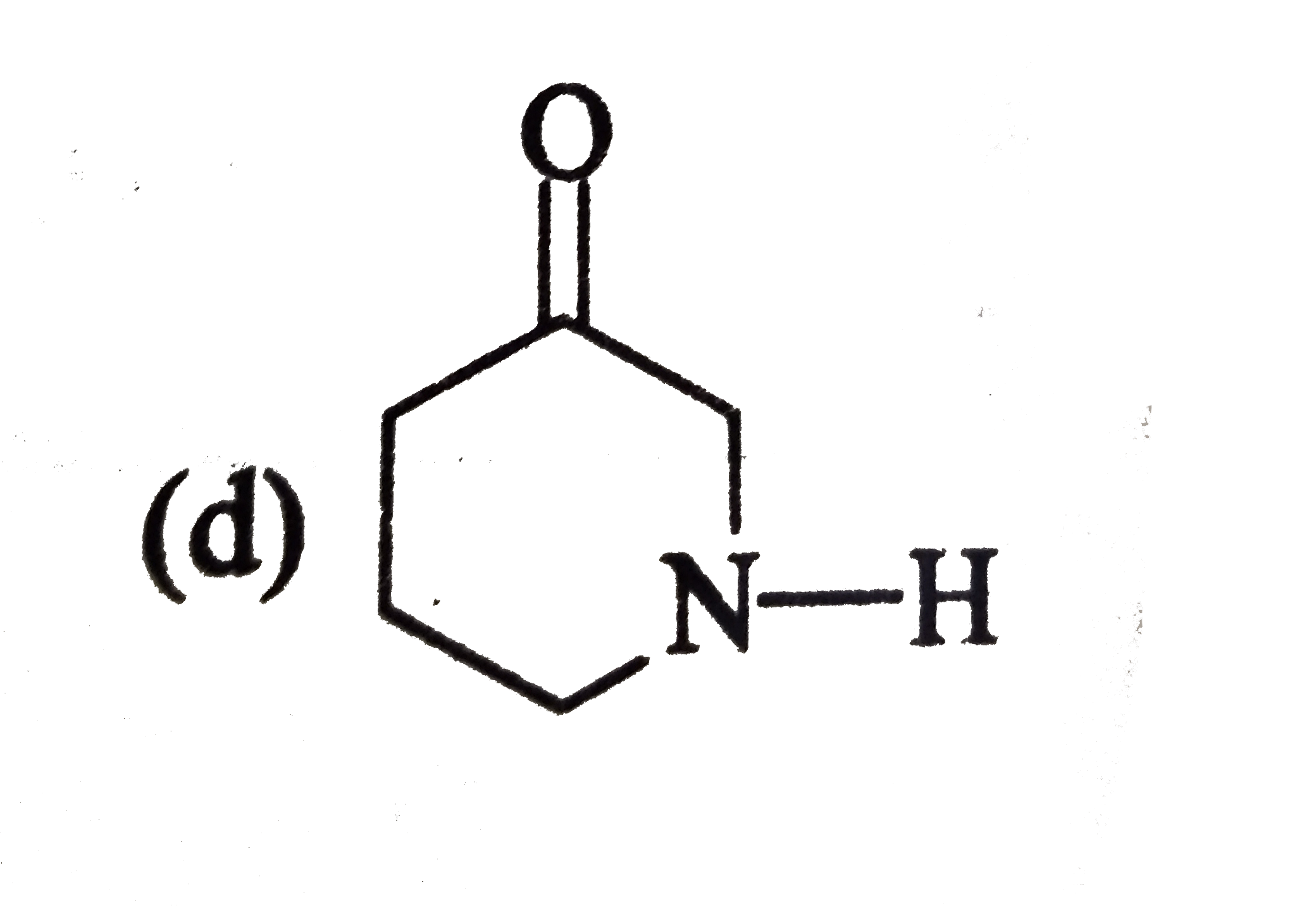
An organic compound A on acid hydolysis produces B, an amino acid. B on treatement with HNO2 gives C. C on heating with conc. H2SO4 produces a lactone D. A can also be synthesised by the reaction of cyclopentanone with H2N−OH followed by treatement of conc. H2SO4
DLiAlH4−−−→H2O Product:A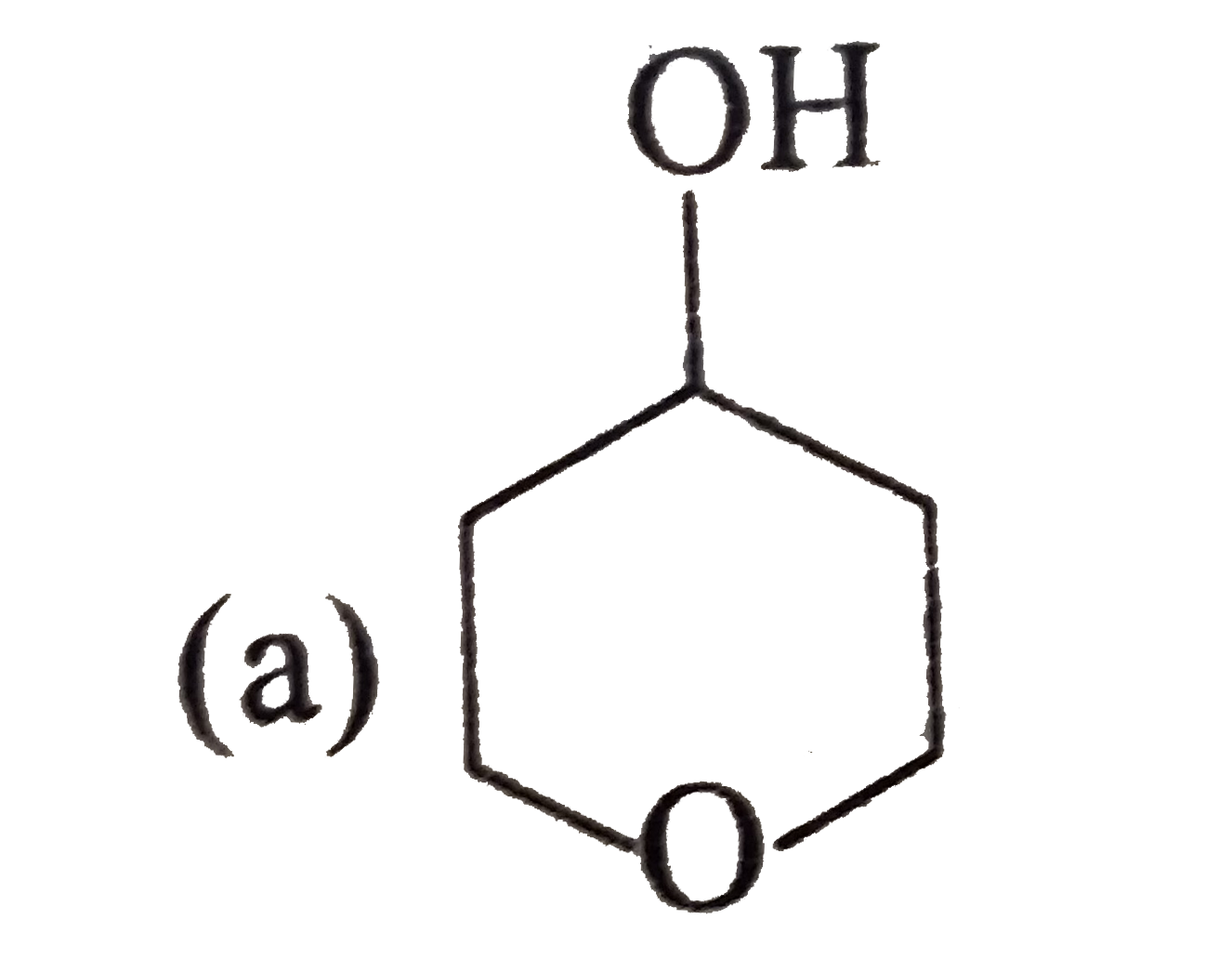 B
B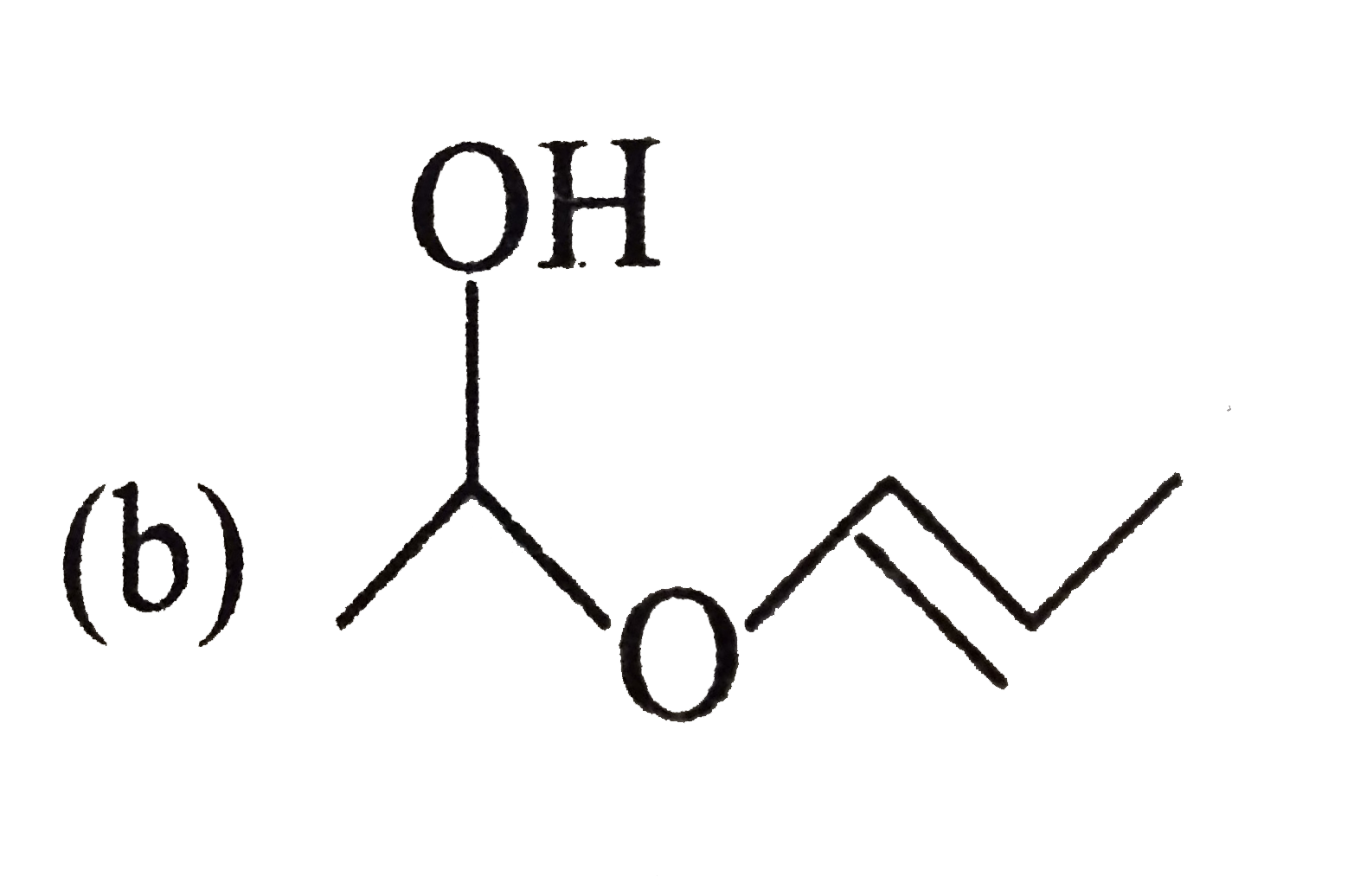 C
C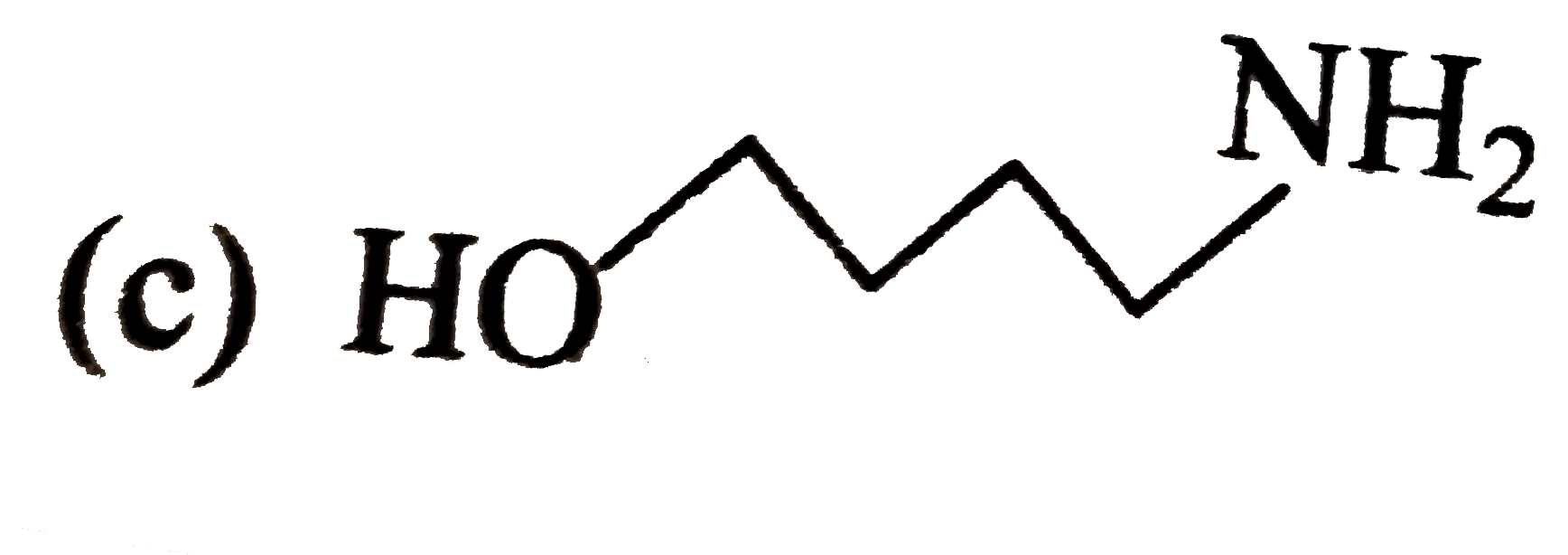 D
D
An organic compound A on acid hydrolysis produces B, an amino acid. B on treatment with HNO2 gives C.C on heating with conc. H2SO4 produces a lactone D. A can also be synthesised by the reaction of cyclopentanone with H2N−OH followed by treatment of conc. H2SO4
Find out structure of D:A B
B C
C D
D
Lactic acid on heating with conc. H2SO4 gives
View SolutionLactic acid on heating with conc. H2SO4 gives
View SolutionAn organic lactum (A) on acid hydrolysis produces an amino acid (B) which on treatment with HNO2 gave compound (C). Compound (C), when heated with conc. H3PO4 gives a lactone (D). The compound (A) can be synthesised from cyclopentanone with hydroxylamine followed by the treatment with conc. H2SO4.
The lactone (D) is:
View SolutionAn organic lactum (A) on acid hydrolysis produces an amino acid (B) which on treatment with HNO2 gave compound (C). Compound (C), when heated with conc. H3PO4 gives a lactone (D). The compound (A) can be synthesised from cyclopentanone with hydroxylamine followed by the treatment with conc. H2SO4.
The compound (B) in this reaction is
View SolutionAn organic lactum (A) on acid hydrolysis produces an amino acid (B) which on treatment with HNO2 gave compound (C). Compound (C), when heated with conc. H3PO4 gives a lactone (D). The compound (A) can be synthesised from cyclopentanone with hydroxylamine followed by the treatment with conc. H2SO4.
The compound (A) is :
View Solution
